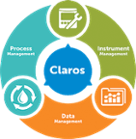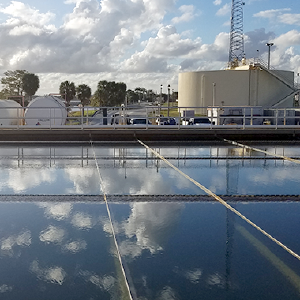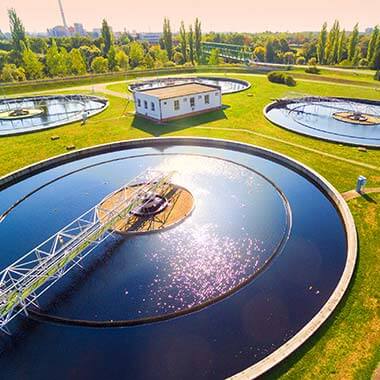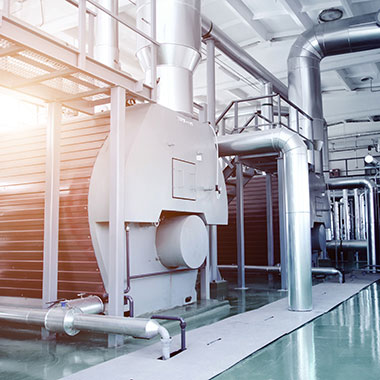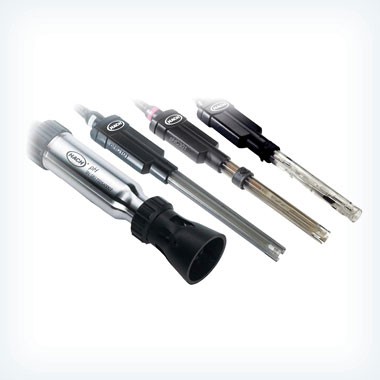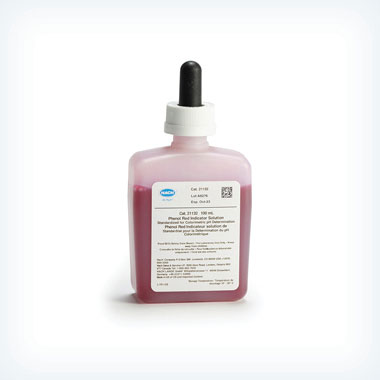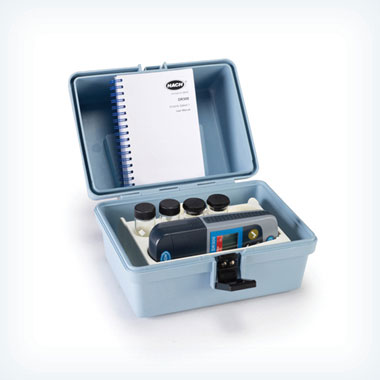When testing the pH of soil-based samples, it is advisable to use a pH probe with a strong glass tip and high electrolyte outflow. Mix 5 grams of the soil sample with 25 grams of deionized water while stirring carefully. Let the mixture stand without stirring for 10 minutes to separate the particles from the liquid. Insert the pH probe in such a way that the glass bulb is totally covered by particles, but the diaphragm is not. Wait for a stable reading.
A pH meter and electrode such as an HQ Series ® meter and probe must be used if your results need to be reported to an agency, such as the USEPA. You can review the Hach USEPA pH electrode Method 8156 for additional information.
pH meters will give the best accuracy and sensitivity, measure across the full pH range and can be used with most water samples compared to colorimetric or test strip measurements. However, they require regular calibration with pH buffer solutions. Hach has several different kits available, complete with calibration buffers for simplified measurement solutions, as well as online sensors that can be placed in the water stream.
pH is a critical water quality indicator. There are several common techniques available for measuring pH: titrimetric, colorimetric, litmus paper and electrochemical. There are a variety of processes and laboratory electrochemical pH sensors, including those built on combination and differential technologies (pHD sensor). The most common and accurate pH measurement technique is by electrochemical combination electrode. A combination pH electrode responds to the hydrogen ion (H+) concentration (activity) by developing an electrical potential across the electrode bulb/water interface. This potential difference is measured with a voltmeter. Electrodes are designed for optimal performance in various matrices. Hach HQD® Meters and a versatile assortment of IntelliCAL® Probes bring simplicity and consistency to pH measurements in any matrix. See this document for more information.



 Recurring Orders
Recurring Orders 


